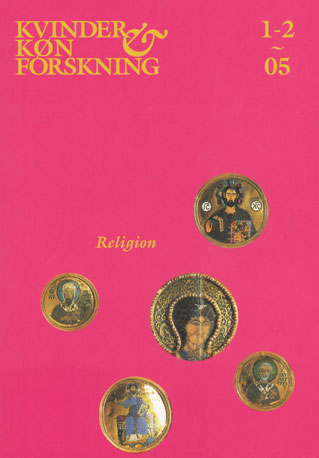Islamistisk maskulinitet og muslimske maskuliniteter
DOI:
https://doi.org/10.7146/kkf.v0i1-2.28124Resumé
A core component of the ideology of the Islamic Revolution was reformulation of gender discourse around an Islamic hypermasculinity that produced/ promoted three ideals of manhood: Mullahs who are the interpreters of the quran and shari’at; martyrs, the young men who abide the dictates of the mullahs and sacrifice themselves for the republic; and ordinary men, who are perceived to have benefited from this hypermasculinity. It is argued that economic hardship and socio-political pressure assail all men. Also, they pay for gender discrimination against women in general and women of their own social group in particular.Downloads
Publiceret
2005-04-23
Citation/Eksport
Gerami, S. (2005). Islamistisk maskulinitet og muslimske maskuliniteter. Kvinder, Køn & Forskning, (1-2). https://doi.org/10.7146/kkf.v0i1-2.28124
Nummer
Sektion
Artikler
Licens
Udgivelser i Kvinder, Køn og Forskning er beskyttet under Creative Commons License: CC Attribution-NonCommercial 4.0

